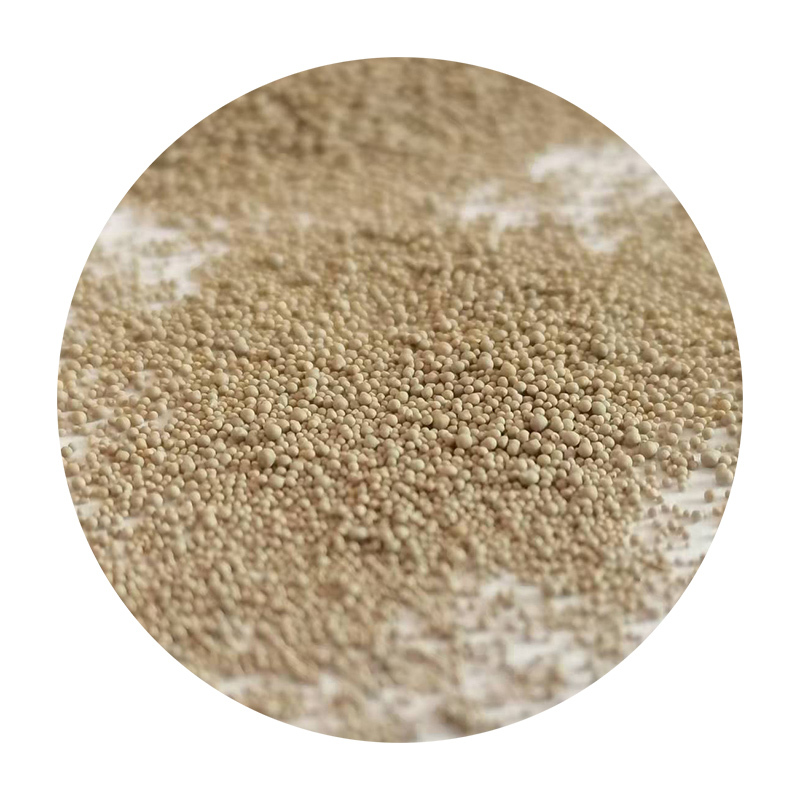Sand Casting Technique An Overview
Sand casting, one of the oldest and most versatile metal forming processes, has been instrumental in the production of intricate metal components for centuries. This technique involves creating a mold from sand to shape molten metal into the desired product. Known for its simplicity and cost-effectiveness, sand casting is widely used in various industries, including automotive, aerospace, and machinery.
The Process of Sand Casting
The sand casting process begins with the design and preparation of the pattern, a replica of the final product. Patterns can be made from various materials, including wood, metal, or plastics, and are constructed in two halves to facilitate mold making. Once the pattern is ready, the next step involves creating the mold itself.
A mixture of sand and bonding agent, often clay and water, is compacted around the pattern. The sand grains form a robust structure while the bonding agent holds them together. After compacting, the pattern is removed, leaving a hollow cavity that reflects the shape of the product. This process can involve additional features like cores for internal cavities, which are created using similar sand mixtures.
Melting and Pouring
With the mold ready, the next phase is to melt the metal. Common metals used in sand casting include aluminum, iron, and bronze, which are heated to their respective melting points in furnaces. Once molten, the metal is carefully poured into the mold cavity through a gating system, ensuring a controlled flow to prevent defects.
After the pouring, the metal is allowed to cool and solidify. This cooling time can vary based on the metal type and thickness of the casting. Once cooled, the mold is broken apart, and the newly formed metal casting is removed. The casting might require additional finishing processes, such as grinding or machining, to achieve the desired surface finish and dimensional accuracy.
sand casting technique

Advantages of Sand Casting
The sand casting technique boasts several advantages. Firstly, it permits the creation of complex shapes that are difficult to achieve through other forms of manufacturing. Secondly, the materials used—primarily sand—are abundant and inexpensive, making sand casting a cost-effective choice for both small-scale and mass production.
Moreover, sand casting allows for a wide range of metal types and alloys, providing flexibility for different applications. It can accommodate various sizes of castings, from small parts weighing a few grams to large components weighing several tons, making it suitable for diverse industrial needs.
Challenges and Considerations
While sand casting is advantageous, it does come with challenges. The surface finish of sand-cast products often requires additional machining due to the porous nature of sand molds. Moreover, dimensional tolerances may not be as precise as those achieved through other processes, which could necessitate extra finishing work.
Environmental concerns also arise from the sand casting process, particularly related to the disposal of used sand and pollutants from molten metal. However, advancements in technology, including reclamation systems for sand and eco-friendly binders, are helping to address these issues.
Conclusion
In summary, sand casting remains a fundamental technique in metal manufacturing, prized for its flexibility, cost-effectiveness, and ability to produce complex shapes. Despite certain challenges, its relevance in modern industries continues to thrive, supported by ongoing innovations that enhance its efficiency and sustainability. As industries evolve, sand casting is poised to remain a pivotal process, ensuring that it meets the ever-changing demands of technology and production.
Post time:окт . 11, 2024 02:53
Next:foundry sand testing
